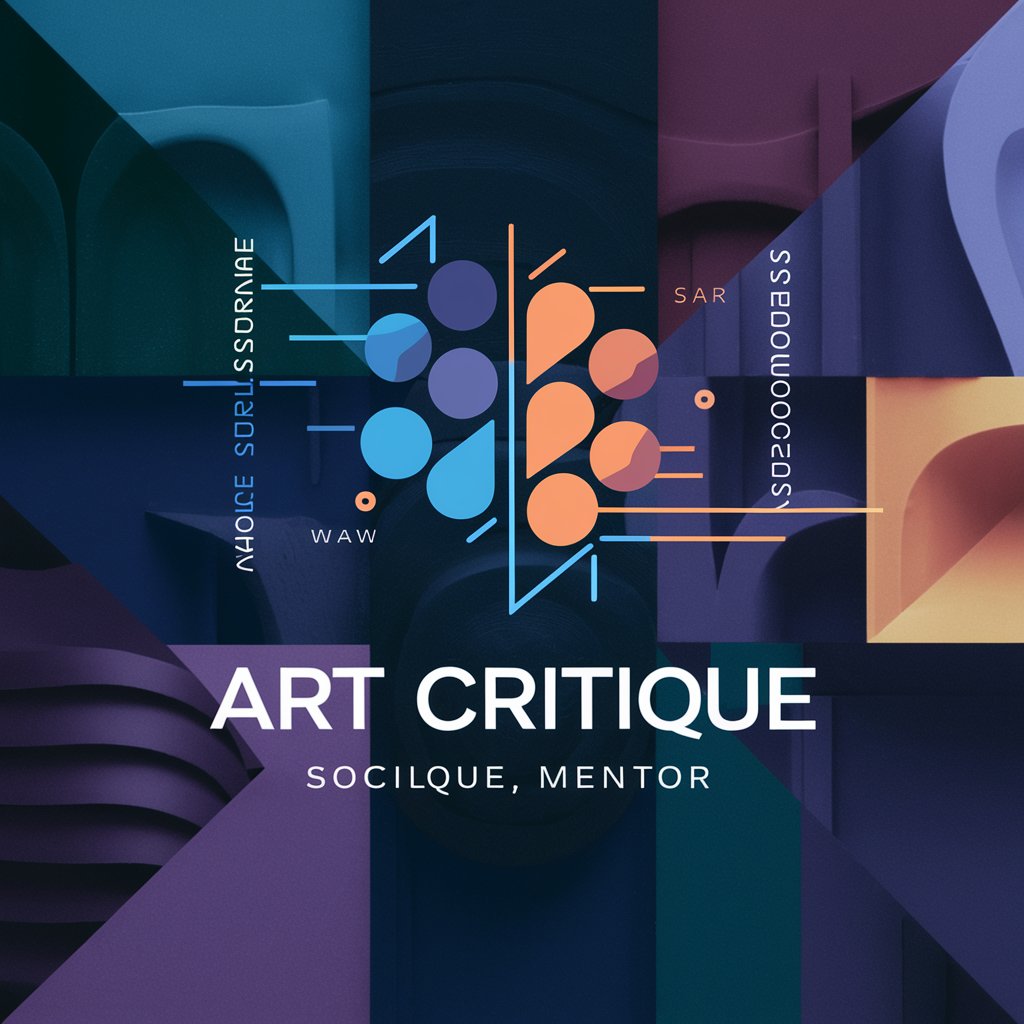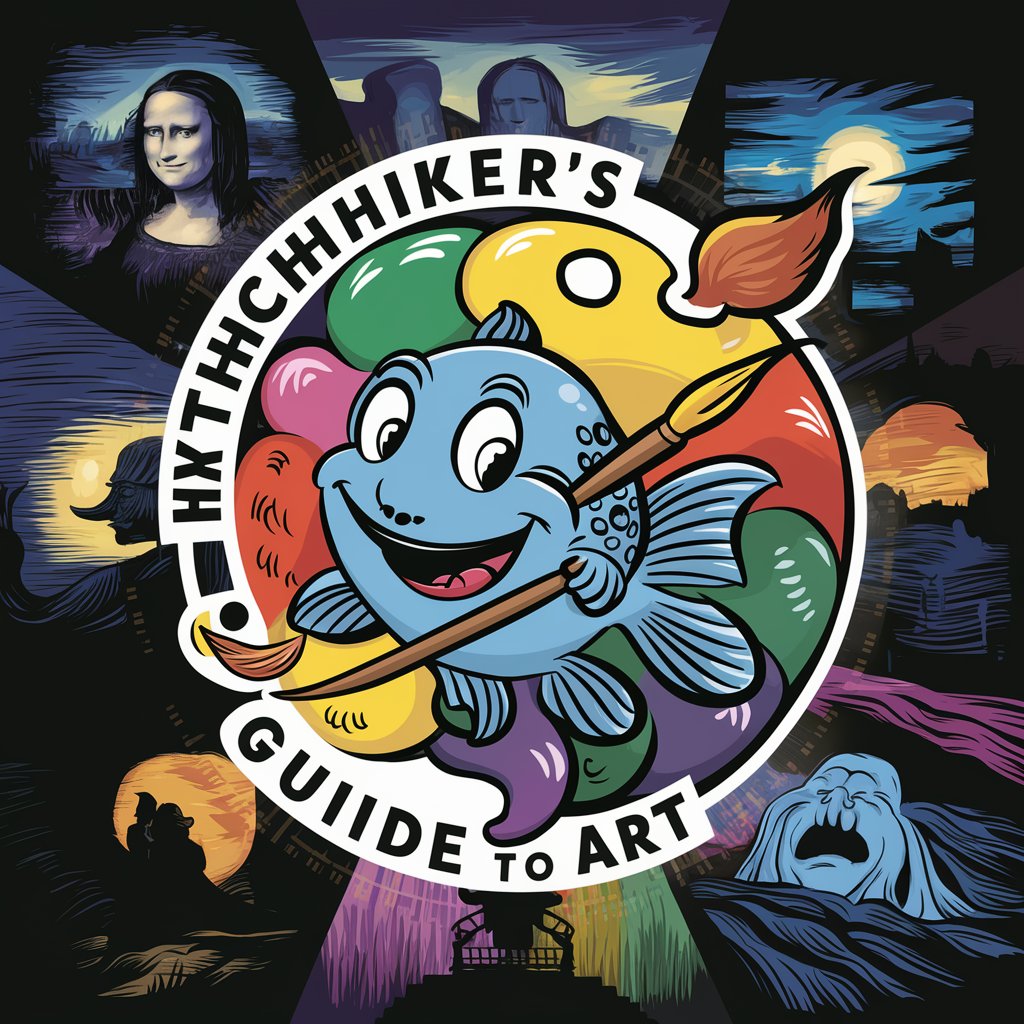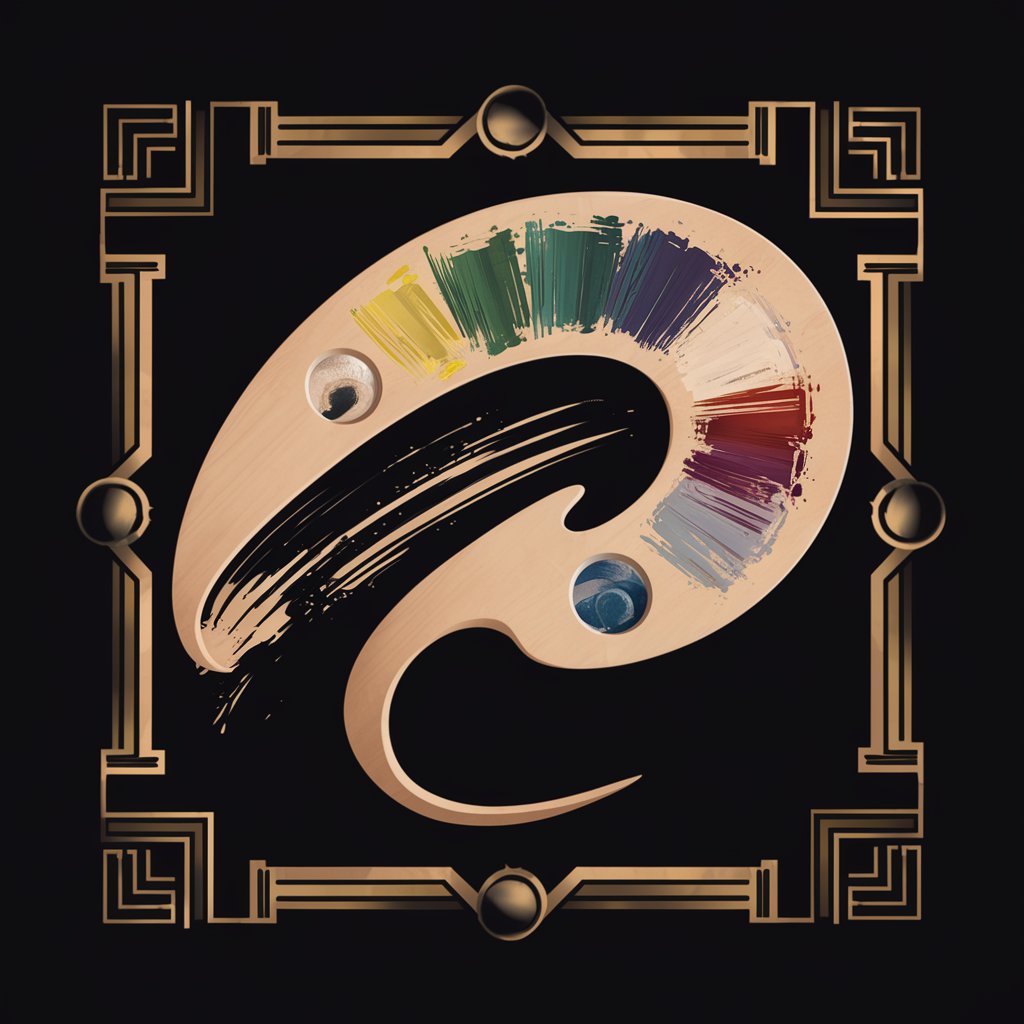
IB Visual Arts Comparative Study - Comparative Study Tool
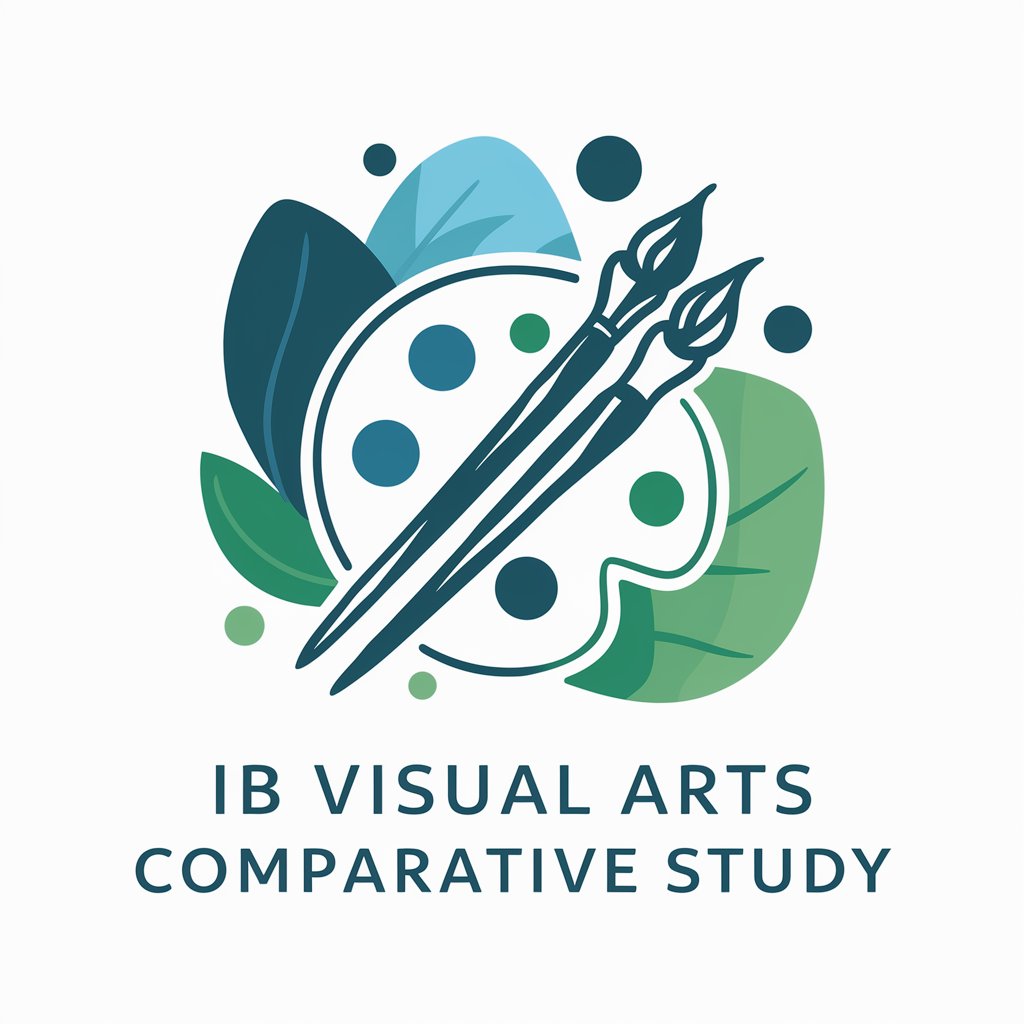
Welcome to IB Visual Arts Comparative Study!
AI-powered tool for IB Visual Arts studies
Analyze the cultural significance of the selected artworks...
Compare and contrast the formal qualities of two different pieces...
Describe how the chosen artworks reflect their socio-political contexts...
Explain the influence of specific artists on your own art-making practice...
Get Embed Code
Introduction to IB Visual Arts Comparative Study
The IB Visual Arts Comparative Study is an external assessment component for both Standard Level (SL) and Higher Level (HL) students in the IB Visual Arts program. Its primary function is to engage students in a critical and contextual investigation of artworks from different cultural contexts. Students are required to select, analyze, and compare at least three artworks, with a focus on their formal qualities, functions, purposes, and cultural significances. The study encourages a deep understanding of how different contexts influence art, providing a comprehensive analysis that links these influences to students' own artistic practices. For instance, a student might compare a traditional Japanese woodblock print with a contemporary Western painting, examining how each reflects its cultural background and impacts their own work. Powered by ChatGPT-4o。

Main Functions of IB Visual Arts Comparative Study
Critical Analysis
Example
Students analyze the formal qualities of artworks, such as color, form, and composition.
Scenario
A student compares the use of color and form in Van Gogh's 'Starry Night' and Hokusai's 'The Great Wave,' identifying how each artist's use of color conveys different moods.
Cultural Context Exploration
Example
Students examine the cultural significance of artworks.
Scenario
A student investigates the historical context of Diego Rivera’s murals and their role in Mexican culture, comparing them with Frida Kahlo’s personal and political symbolism.
Connection to Own Art-Making
Example
HL students reflect on how studied artworks influence their own art.
Scenario
A student studying African masks incorporates similar stylized features and symbolic elements into their sculpture project.
Comparative Study Presentation
Example
Students present their findings through a combination of visual and written formats.
Scenario
A student creates a digital slideshow that includes annotated images of compared artworks and written analyses, enhancing the visual engagement of their study.
Use of Critical Methodologies
Example
Students apply various critical theories to interpret artworks.
Scenario
A student uses feminist theory to analyze representations of women in Cindy Sherman’s photography and Picasso’s paintings, exploring differences in portrayal.
Ideal Users of IB Visual Arts Comparative Study
IB Visual Arts Students (SL and HL)
Students enrolled in the IB Visual Arts program who are preparing for their external assessments. They benefit by developing critical thinking and analytical skills, as well as gaining a deeper understanding of diverse artistic practices and contexts.
Art Educators and Teachers
Teachers guiding IB Visual Arts students through their coursework. They benefit by accessing a structured framework to help students critically engage with and analyze artworks, fostering a more comprehensive art education.
Art Historians and Researchers
Individuals interested in comparative art studies and cultural analyses. They benefit from the structured approach to comparing and contrasting artworks from different cultural contexts, enhancing their research methodologies.
Art Enthusiasts and Critics
Individuals with a passion for art who seek to understand the deeper cultural and contextual influences on various artworks. They benefit from the insights and structured analyses that the Comparative Study promotes.

How to Use IB Visual Arts Comparative Study
Visit yeschat.ai for a free trial without login, also no need for ChatGPT Plus.
Access the website to start exploring the tool's features and capabilities for free.
Familiarize Yourself with the Requirements
Understand the key requirements for the IB Visual Arts Comparative Study, such as the need to compare at least three artworks by at least two different artists from contrasting cultural contexts.
Select Artworks and Artists
Choose the artworks and artists you wish to analyze, ensuring they come from diverse cultural backgrounds and hold personal resonance for your study.
Conduct Detailed Research
Utilize research skills to investigate the selected artworks. Analyze formal qualities, function, purpose, and cultural significance, and ensure all sources are referenced appropriately.
Create and Present Your Comparative Study
Compile your findings into a visually engaging presentation using both visual and written forms. Balance visual elements like annotated sketches with text-based analysis, and include a list of sources.
Try other advanced and practical GPTs
Don't Start This GPT.
Bring gritty tales to life

Profu' de Romana
AI-powered Romanian language refinement
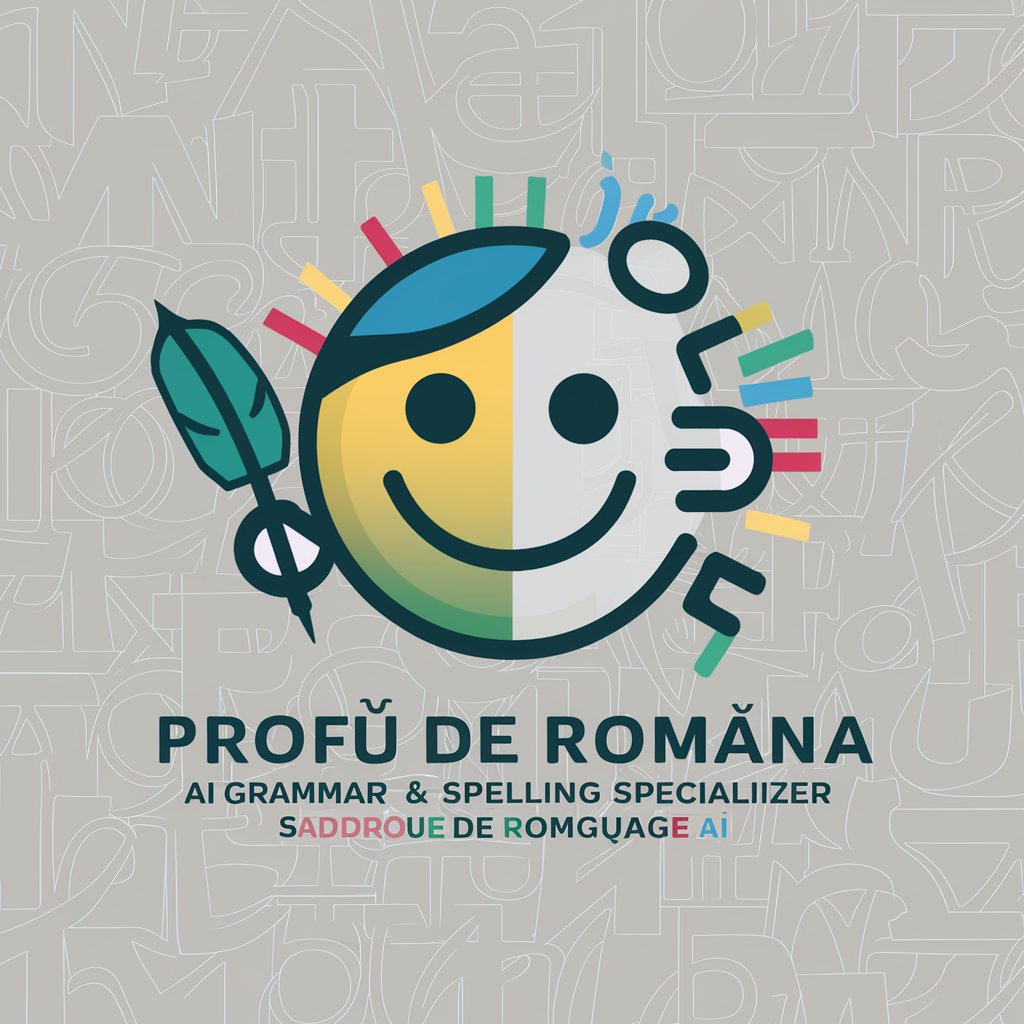
Oil Paint Master
AI-Powered Oil Painting Creation

Article Writer Pro
Empowering Your Words with AI

FramesGPT
Power your Farcaster apps with AI-driven Frames

Word Wizard
Refine Your Writing with AI Precision
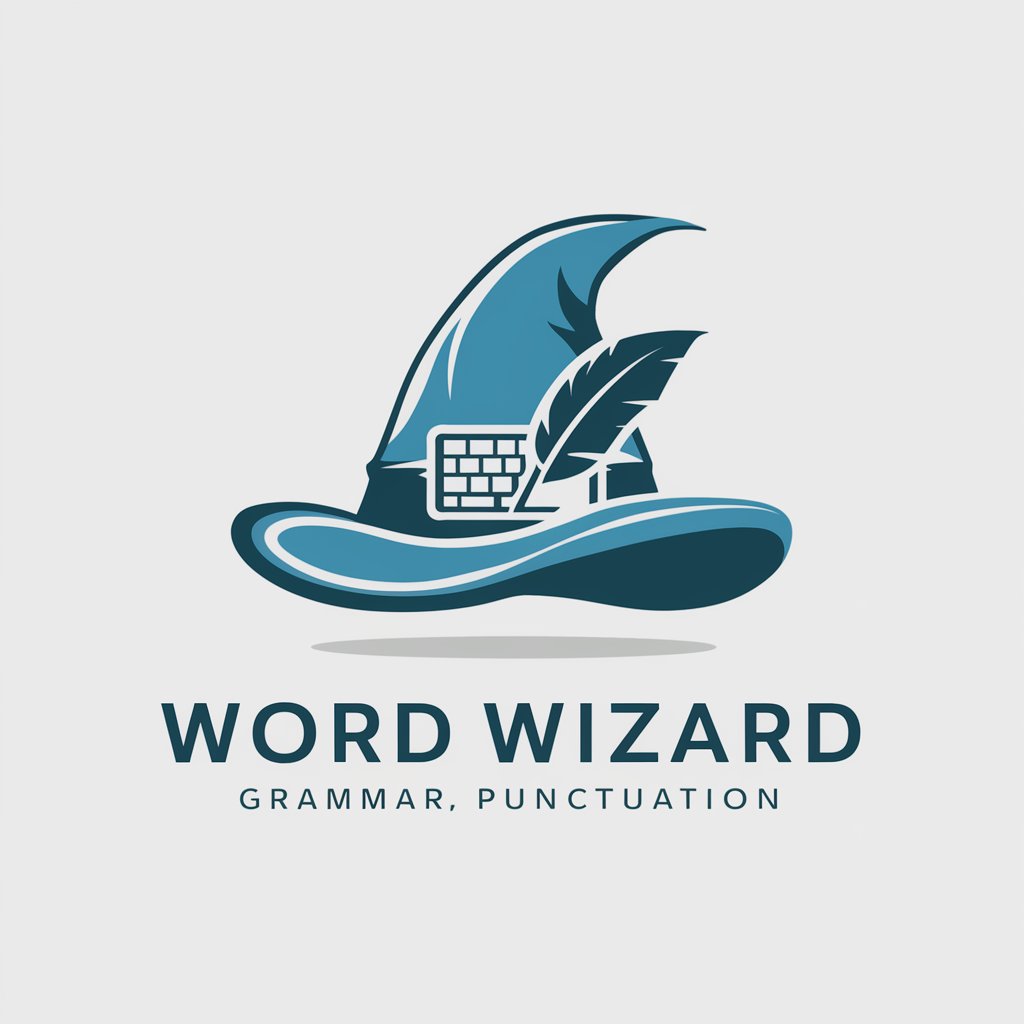
Viral Copywriting Mentor
Crafting Content that Captivates

WaterColor Master
Craft Stunning Watercolors with AI
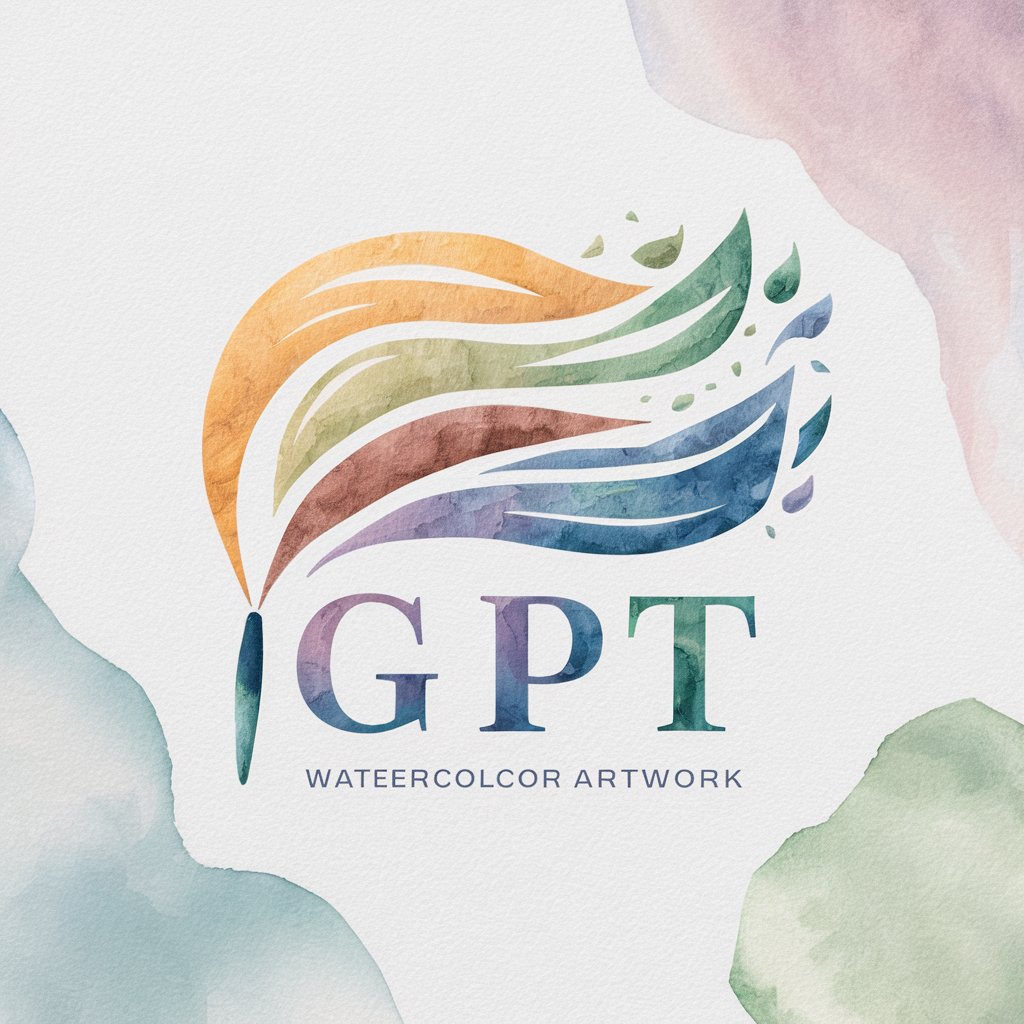
Image Generator
Harness AI to craft stunning visuals

Game Database - Find GPT Games
Explore AI-powered gaming adventures

Ultimate Sermon Repurposer
Revitalize sermons with AI-driven repurposing
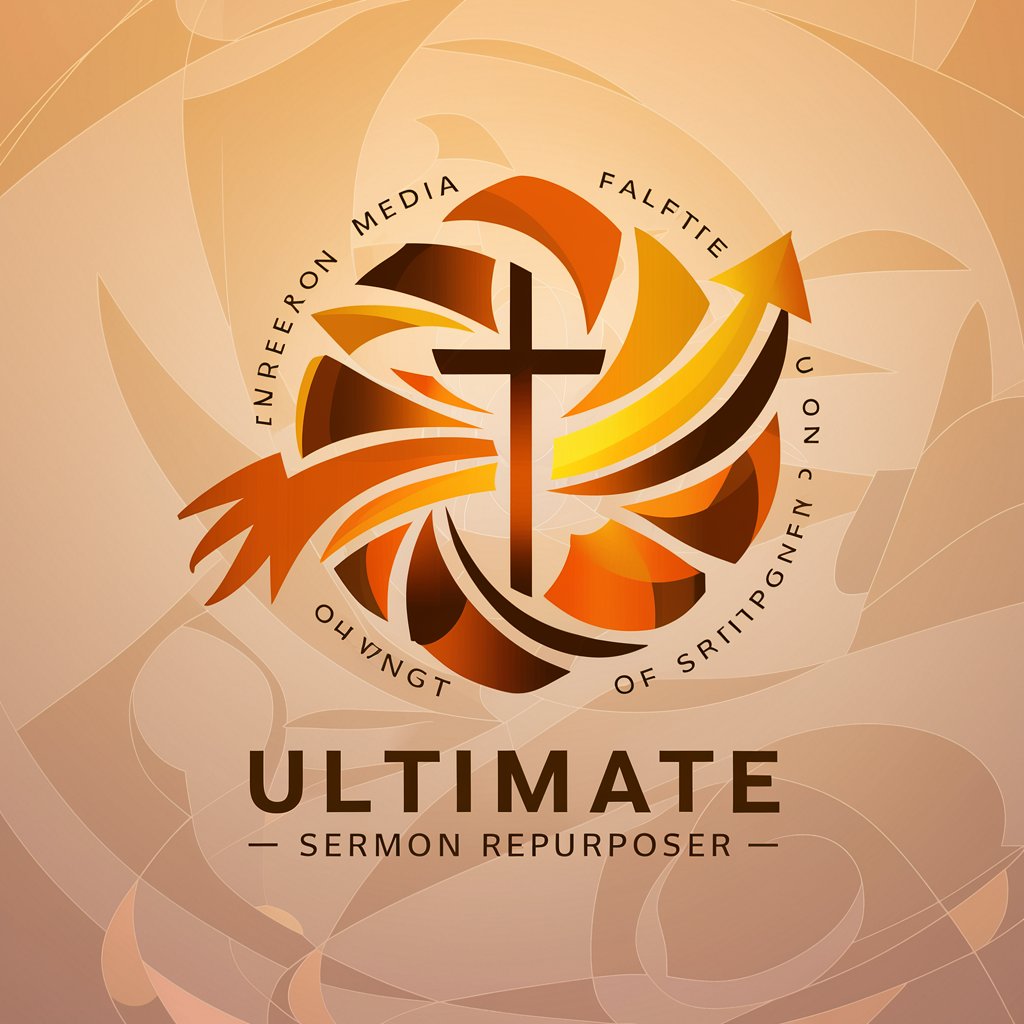
Plotty - The Plotter DreamCrafter
Craft Your Designs, AI-Enhanced

Q&A about IB Visual Arts Comparative Study
What is the IB Visual Arts Comparative Study?
The IB Visual Arts Comparative Study is an external assessment component where students analyze and compare artworks from different artists and cultural contexts. It involves critical and contextual investigations presented through visual and written forms.
How many artworks do I need to compare in the Comparative Study?
Students must examine and compare at least three artworks, with at least two of them being by different artists from contrasting cultural contexts.
What are the key criteria for assessing the Comparative Study?
The key criteria include analysis of formal qualities, understanding of function and purpose, evaluation of cultural significance, making comparisons and connections, and the presentation and use of subject-specific language. HL students also need to connect their study to their own art-making practice.
How should I present my Comparative Study?
Your study should be visually engaging and well-balanced between visual elements and text. Use annotated sketches, diagrams, and clear written analysis. Ensure that all sources are correctly cited according to academic honesty policies.
What additional requirements do HL students have?
HL students need to include an additional 3-5 screens analyzing how their own art-making practices have been influenced by the studied artworks. They must reflect on these connections critically and present them effectively.
